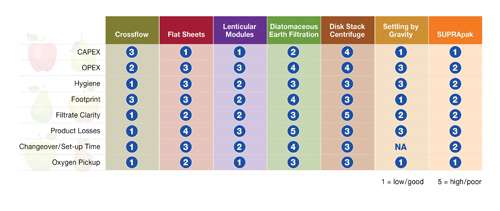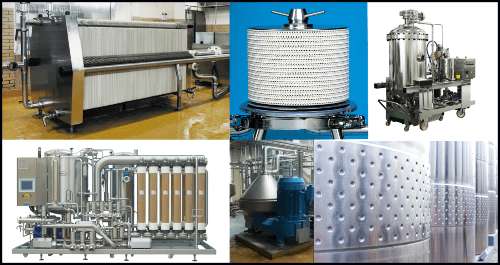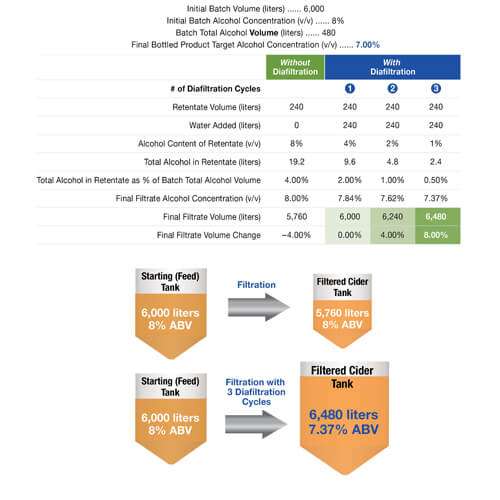Reduce Cost and Improve Yield with our Cider & Perry Clarification Solutions
Our Products Support the Removal of Yeast and Solids from Fermentation and Fining
Filtration is a key operation in modern cider production to deliver visually bright and shelf stable product. Traditionally, cider clarification has been performed with diatomaceous earth or sheet-based filtration technologies. However, with more favorable economics, easier operation and lower waste volumes, crossflow filtration systems like Pall’s Oenoflow™ XL system have become more widely adopted over the past decade.
After fermentation, cider is typically racked off the solids at the bottom of the vessel and then may be fined with agents like bentonite, isinglass or gelatin. The first filtration or primary clarification typically takes place within 4 to 5 days after fermentation but this maybe longer for traditional or smaller producers. During clarification yeast and other particles from fermentation and fining are removed to reduce turbidity and improve downstream filterability. Historically, clarification was performed with Diatomaceous Earth (DE) filters, but today more and more cideries are investing in crossflow filtration systems like Pall’s Oenoflow™ XL system.
In a fast-growing market with producers widening their distribution, cider producers are under more pressure to improve quality and reduce costs while satisfying more stringent safety and regulatory requirements. Cider makers are challenged with selecting filtration techniques that are easy-to-use, less labor intensive and more environmentally-friendly, while maintaining character.
Clarification is the primary filtration step in cider production for removal of yeast and other solids from fermentation and fining and to improve downstream filterability. Traditional clarifying filters include Diatomaceous Earth (DE)s filters. However, with more favorable economics, lower waste and higher yields, Pall’s Oenoflow filtration systems have become the preferred technology.
Ready to learn more? Contact us to speak an expert about the right cider filtration solution for you.
Why is diafiltration important?
For customers that ferment to higher alcohol strengths and subsequently dilute to lower bottle strength later in the process, diafiltration can be used to significantly increase the final product yield.
During diafiltration water is added to the final retentate solids in the Oenoflow system to recover the alcohol that would otherwise be lost. This recovery increases yield and improves system ROI.
Diafiltration cannot be performed on natural or traditional cider where the product is fermented only to bottle strength because the dilution would be unacceptable.
-
Seitz K Series Filter Sheet
Download:
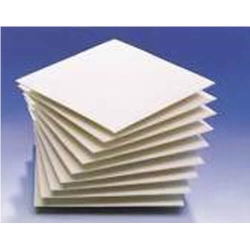
K-Series Sheets
Seitz K series depth filter sheets were developed to meet the entire range of removal requirements in the food and beverage industry.
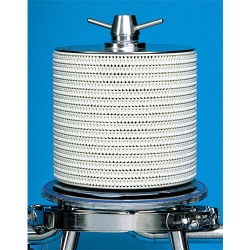
SUPRAdisc™ II Modules
SUPRAdisc II Modules eliminate constructional weaknesses of classical Lenticulars in single cell design using inside-outside separator technology in a filter block design.
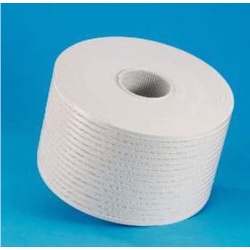
SUPRApak™ Plus Modules
SUPRApak Plus PW depth filter module design is using the new layer to layer seal technology.
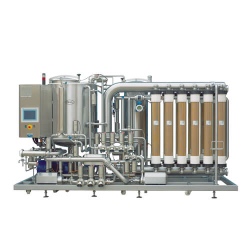
Oenoflow™ System
With the introduction of the new generation Oenoflow System, the XL series, cideries are setting new standards in achieving quality, yield and efficiency.





